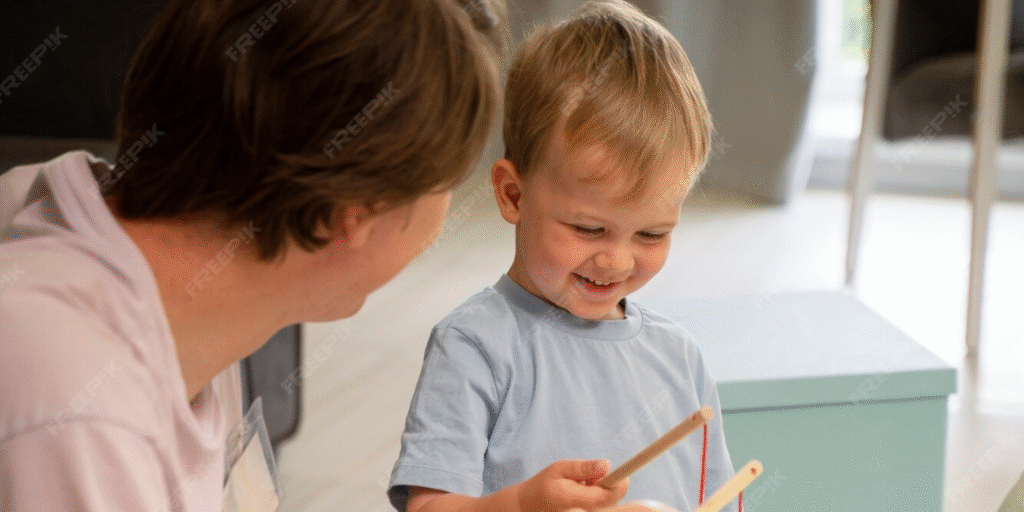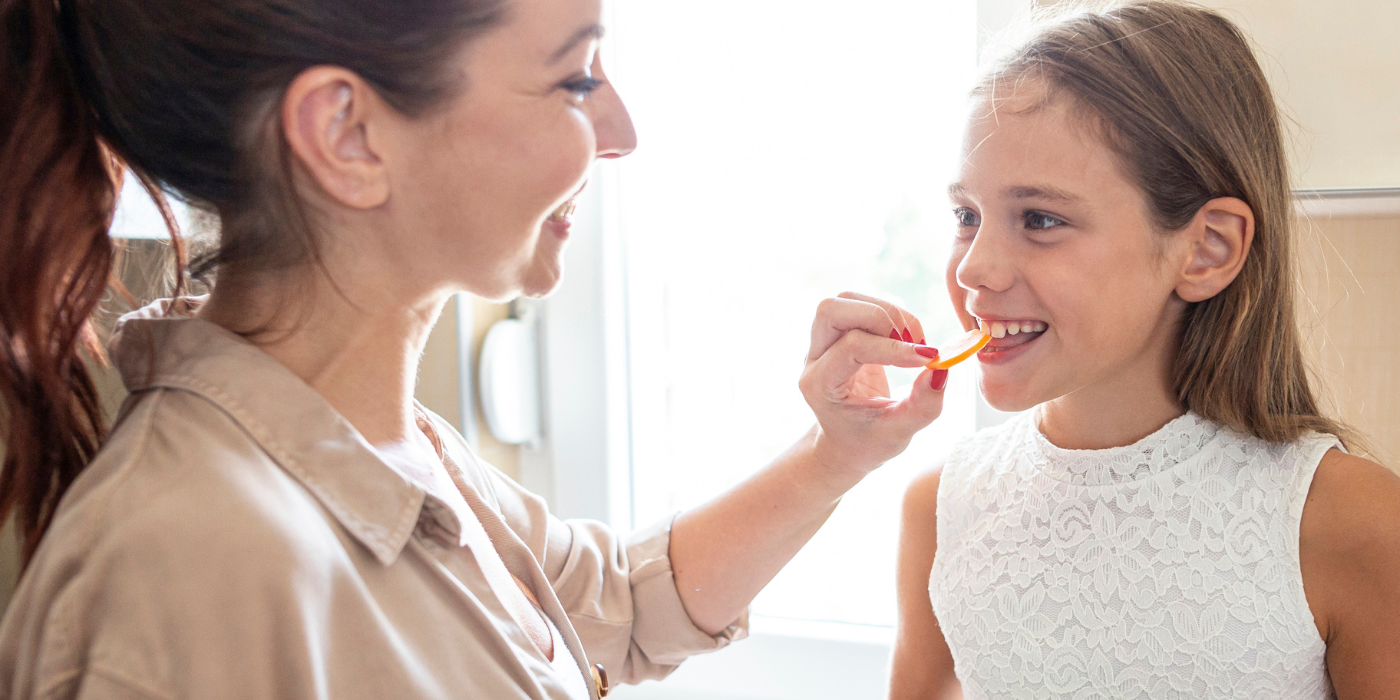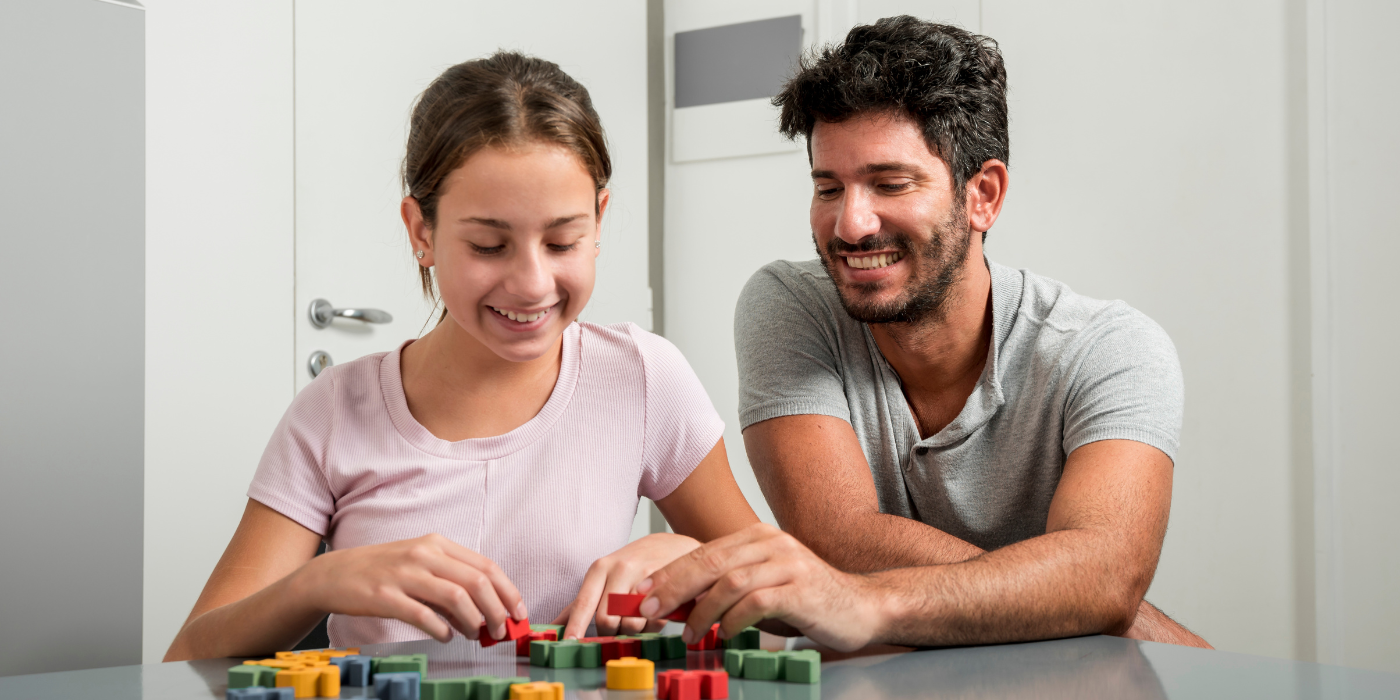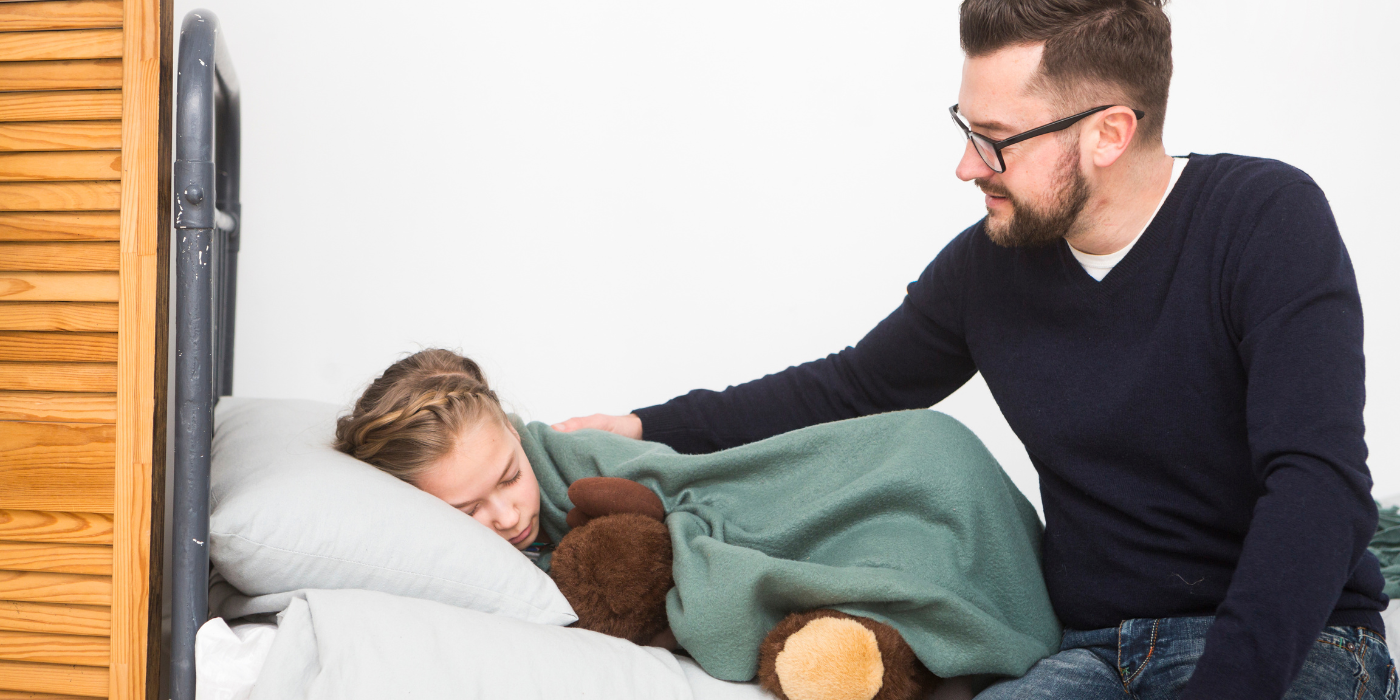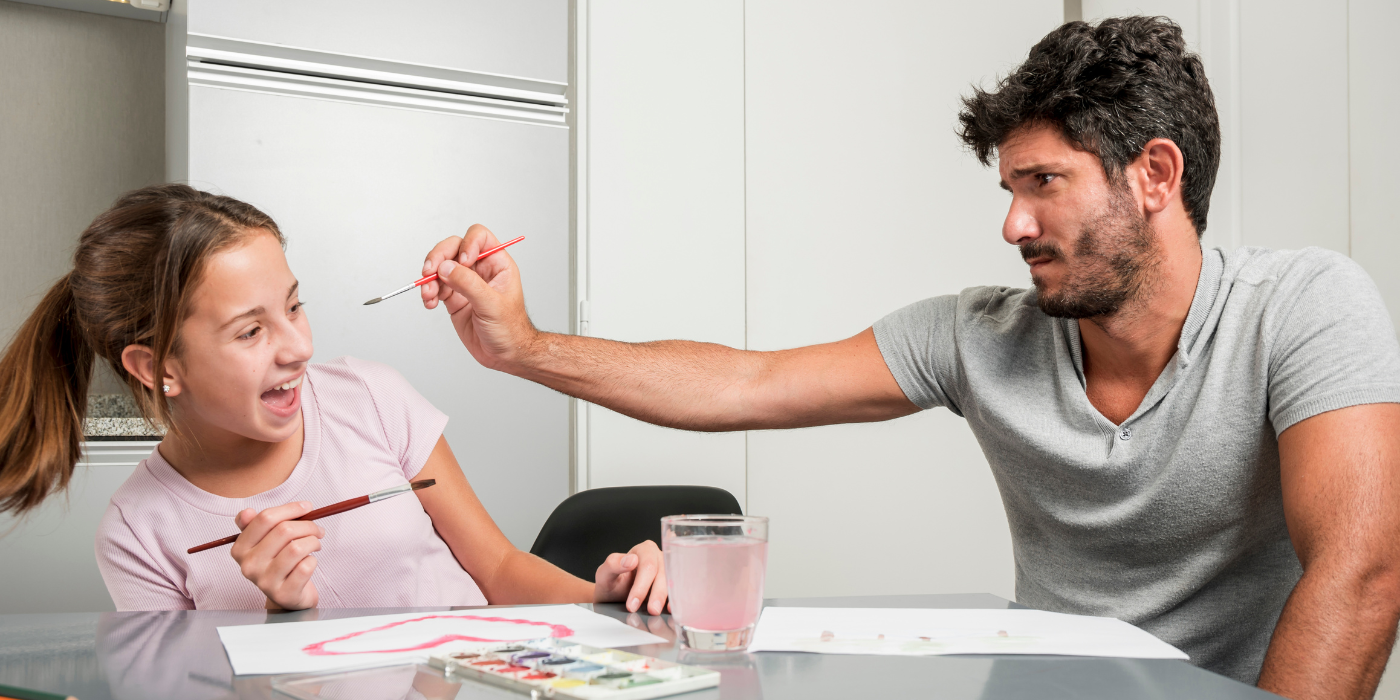P
Hello, Busy Parents! Let’s Dive into Sensory Fun with Your Toddlers: Easy DIY Ideas for Hands-On Play and Development
Introduction:
Why is Sensory Play Essential for Toddlers?
Introduction to Sensory Play:
- Sensory play is a superpower for toddlers.
- It is more than just fun; it is crucial for their growth and development.
Understanding Sensory Play:
Exploring the World Through Senses:
- Toddlers love different textures and sensory experiences.
- Sensory play involves activities that stimulate a child’s senses—touch, sight, smell, taste, and hearing.
Why is Sensory Play Crucial for Toddler Development?
Happy Brains, Happy Kids:
- Sensory play is like a workout for little brains, making them super smart and ready to learn.
Play that Builds Skills:
- When toddlers squish and explore, it’s not just fun – it’s helping them learn to use their hands, talk, and get along with others.
The Benefits of Incorporating Sensory Activities into Daily Routines:
Turning Daily Activities into Learning Adventures
- Sensory play transforms everyday activities into learning opportunities.
- Discover how to easily weave sensory activities into your daily routine for a delightful and educational experience.
Types of Sensory Play:
- Visual Play: Exploring colours, shapes, and patterns.
- Tactile Play: Involves textures, like sand, water, or playdough.
- Olfactory Play: Introducing different scents and smells.
- Gustatory Play: Exploring various tastes through safe and edible materials.
- Auditory Play: Involves sounds, music, or nature sounds.
Learning Through Sensory Play: Simple Insights
Cognitive and Motor Skill Development
How Sensory Play Contributes to Cognitive Growth:
1. Engages Senses:
- Promotes brain development by involving multiple senses.
2. Problem-Solving Fun:
- Encourages critical thinking through hands-on problem-solving.
3. Curiosity Boost:
- Fosters curiosity and a love for exploring new things.
4. Cause and Effect Basics:
- Helps understand basic cause-and-effect relationships.
5. Better Memory:
- Improves memory through sensory experiences.
Improving Fine and Gross Motor Skills Through Hands-On Activities:
1. Fine Motor Skills:
- Refines skills like pinching and grasping through play.
2. Coordination Challenges:
- Enhances hand-eye coordination with different activities.
3. Balance and Movement:
- Improves balance and coordination through various motions.
4. Stronger Muscles:
- Strengthens hand and finger muscles naturally.
5. Overall Movement Skills:
- Enhances general movement skills with diverse activities.
Language Development and Communication
Encouraging Verbal Expression During Sensory Play:
1. Descriptive Fun:
- Prompts kids to describe what they feel, see, and hear.
2. New Words Every Day:
- Introduces new words, making vocabulary richer.
3. Expressing Preferences:
- Encourages kids to share what they like and don’t like.
4. Q&A Practice:
- Promotes asking and answering questions during play.
5. Storytelling Skills:
- Builds storytelling and narrative abilities.
Building Vocabulary Through Descriptive Discussions:
1. Name That Sensation:
- Encourages kids to name what they touch, see, and smell.
2. Comparing Things:
- Introduces words that compare different textures and scents.
3. Understanding Concepts:
- Builds awareness of concepts like hot, cold, smooth, and rough.
4. Remembering with Associations:
- Reinforces words through associations with sensory experiences.
5. Social Talk:
- Encourages talking and sharing during play with others.
Through simple sensory play, parents can support their child’s growth and learning journey naturally and joyfully.
Setting Up a Safe and Fun Space for Sensory Play at Home
Creating a safe and enjoyable environment for sensory play is essential for your toddler’s exploration and learning. Let us break down how you can set the stage for sensory success:
Designing a Dedicated Sensory Play Area:
1. Choose the Right Spot:
Pick a corner or space in your home that is easy for your toddler to reach and play in. This could be in the living room, a playroom, or a cozy part of their bedroom.
2. Soft and Cozy Flooring:
Use soft mats or carpets to make sure the play area is comfy and safe. This helps prevent any bumps or bruises during playtime.
3. Good Lighting:
Make sure the play area is well-lit, either with natural light or gentle artificial lighting. A bright space is inviting and encourages exploration.
4. Easy-to-Reach Storage:
Keep toys and materials in containers or on shelves that your toddler can easily access. This way, they can choose activities independently, promoting a sense of control.
5. Add Colours and Visual Fun:
Introduce colours through toys, wall decorations, or playful items. Visual stimulation is an exciting part of sensory play and enhances your toddler’s experience.
Safety Tips for Toddler-Friendly Spaces:
1. Childproof Your Space:
Look for potential dangers like unsecured furniture or small items that could be harmful. Make sure your space is childproofed by securing furniture and removing small objects.
2. Always Keep an Eye:
Be present and supervise your toddler during sensory play. Even in a safe space, accidents can happen, and your watchful eyes will keep them secure.
3. Pick Age-Appropriate Stuff:
Choose toys and materials suitable for your toddler’s age. Avoid small items that could be a choking risk and ensure everything is safe for play.
4. Keep it Clean:
Regularly clean and sanitize toys and surfaces. A clean play area is not only healthy but also keeps the fun going without any worries.
By following these simple steps, you create a secure and exciting environment for sensory play, where your toddler can explore, learn, and have a blast.
Choosing the Right Materials for Sensory Play: Exploring Textures
1. Diverse Textures:
- Soft Fabrics:
Include items like plush toys, velvet, or fleece for a cuddly and comforting touch.
- Rough Surfaces:
Introduce textures like sandpaper or textured fabrics to engage tactile senses.
- Smooth Surfaces:
Offer polished stones, silk fabric, or items with a smooth finish for a calming sensation.
2. Safe Materials:
- Rice Sensory Bin:
Create a tactile experience with rice, providing a soft and malleable texture.
- Bean Sensory Play:
Use beans for a different sensory feel, offering a cool and slightly textured touch.
- Playdough Adventures:
Choose homemade playdough, allowing moulding and squishing with a variety of textures.
By providing a range of textures, from soft to rough and smooth, and selecting safe materials like rice, beans, and playdough, you can offer a rich sensory experience that stimulates your toddler’s exploration and creativity.
DIY Sensory Play Ideas
1. Rainbow Rice Bin:
Step-by-Step Guide to Creating a Vibrant and Tactile Rice Sensory Bin:
- Materials Needed:
- Plain rice
- Food colouring
- Ziplock bags
- Large container or tray
- Instructions:
- Divide rice into Ziplock bags.
- Add a few drops of food colouring to each bag and shake until rice is coloured.
- Allow the rice to dry.
- Mix different coloured rice in a large container or tray.
Variations and Themes to Keep it Exciting for Toddlers:
- Introduce small toys or objects for a treasure hunt.
- Change colours to match seasons or holidays for a themed experience.
Activity: Search and Sort:
Objective: Enhance fine motor skills and colour recognition.
Instructions:
- Hide small toys or objects in the rainbow rice bin.
- Encourage your toddler to dig through and find each item.
- Sort the items based on colours.
2. Sensory Bags: Squishy Exploration:
Easy-to-Make Sensory Bags for Mess-Free Tactile Exploration:
- Materials Needed:
- Ziplock bags
- Hair gel or clear hand sanitizer
- Small objects (beads, glitter, small toys)
- Instructions:
- Fill a zip lock bag with hair gel or hand sanitizer.
- Add small objects for tactile exploration.
- Seal the bag tightly.
Filling Options and Customization for Different Developmental Stages:
- For infants: Use high-contrast colours and large, safe objects.
- For older toddlers: Add smaller objects for fine motor skill development.
Activity: Sensory Seek and Find:
Objective: Stimulate tactile senses and hand-eye coordination.
Instructions:
- Place various small objects in the sensory bag.
- Challenge your toddler to find and identify each item by squishing the bag.
- Describe the textures and shapes together.
3. Homemade Playdough Adventures:
DIY Playdough Recipes for Moulding, Squishing, and Imaginative Play:
- Materials Needed:
- Flour, salt, water, cream of tartar, vegetable oil
- Food colouring or natural dyes
- Instructions:
- Mix dry ingredients in a bowl.
- Add water and oil, and stir until the mixture forms dough.
- Divide and add colouring to create different shades.
Incorporating Scents and Colours to Enhance the Sensory Experience:
- Add scents like vanilla or essential oils for olfactory stimulation.
- Experiment with different colours to stimulate visual senses.
Activity: Playdough Imagination Station:
Objective: Encourage imaginative play and creativity.
Instructions:
- Provide cookie cutters, plastic utensils, and small toys.
- Let your toddler mould the playdough into different shapes and creations.
- Create a little playdough world together.
4. Nature-Inspired Sensory Bins
Using Natural Elements Like Sand, Leaves, and Stones for Sensory Play:
- Materials Needed:
- Large container or tray
- Sand, leaves, stones, twigs, pinecones
- Instructions:
- Fill a container with natural elements.
- Include small tools for digging and exploring.
Connecting Toddlers with the Outdoors Through Tactile Experiences:
- Discuss the textures and colours of the natural elements.
- Encourage outdoor exploration to collect items for the sensory bin.
Activity: Nature Scavenger Hunt:
Objective: Foster an appreciation for nature and observation skills.
Instructions:
- Fill the sensory bin with natural elements like leaves, stones, and twigs.
- Go on a nature scavenger hunt to find similar items outdoors.
- Compare and discuss the textures and colours.
5. Water Play Sensation
Creative Water-Based Sensory Activities for Both Indoor and Outdoor Play:
- Materials Needed:
- Plastic containers, cups, water toys
- Food colouring (optional)
- Instructions:
- Fill containers with water.
- Add toys or objects for water play.
- Add food colouring for visual appeal.
Tips for Enhancing Water Play with Colours and Floating Objects:
- Freeze small toys in ice cubes for a cool sensory experience.
- Experiment with different water temperatures.
Activity: Colourful Water Mixing:
Objective: Introduce colour concepts and enhance sensory exploration.
Instructions:
- Add a drop of food colouring to different containers of water.
- Let your toddler mix colours and explore the changing water hues.
- Use various water toys for added engagement.
6. Sensory Exploration with Fabrics
Creating a Fabric-Based Sensory Corner:
- Materials Needed:
- Assorted fabrics with different textures
- Soft cushions or blankets
- Instructions:
- Arrange fabrics in a cozy corner.
- Include cushions or blankets for comfort.
Exploring Different Textures and Patterns with Fabrics:
- Encourage toddlers to touch and feel different fabrics.
- Use fabrics with varying textures for a tactile adventure.
Activity: Texture Touch and Feel:
Objective: Develop tactile awareness and language skills.
Instructions:
- Arrange fabrics with different textures in the sensory corner.
- Guide your toddler to touch and describe each fabric.
- Use descriptive words like “soft,” “rough,” and “smooth.”
7. Sensory Art and Crafts
Messy Canvas Creations:
- Materials Needed:
- Canvas or thick paper
- Non-toxic paint
- Brushes, sponges, or even fingers
- Instructions:
- Let your toddler freely explore painting on canvas.
- Encourage mixing colours and creating their own masterpieces.
Scented Paper Collages:
- Materials Needed:
- Assorted scented paper
- Glue, child-safe scissors
- Instructions:
- Cut scented paper into different shapes.
- Create collages by gluing shapes onto a base.
Nature-Inspired Craft Projects:
- Materials Needed:
- Leaves, twigs, flowers
- Glue, paper, and other craft supplies
- Instructions:
- Collect nature items during outdoor exploration.
- Use them to create unique and natural art projects.
Activity: Nature Print Collage:
Objective: Combine art and nature exploration.
Instructions:
- Collect leaves, flowers, and twigs during an outdoor adventure.
- Dip them in non-toxic paint and press onto canvas or paper.
- Create a collage by arranging the nature prints.
Troubleshooting and Tips: Cleanup and Sensory Sensitivities
Dealing with Mess: Cleanup Strategies
Practical Tips for Managing After Sensory Play:
1. Prepare Ahead:
- Use a waterproof mat and easy-to-clean materials.
2. Establish Boundaries:
- Set clear play boundaries to minimize mess.
3. Messy Play Clothes:
- Dress toddlers in aprons or designated play clothes.
4. Quick Cleanup Supplies:
- Keep wet wipes or a damp cloth handy for swift cleanup.
Involving Toddlers in Cleanup:
1. Turn it into a Game:
- Make cleanup fun by turning it into a game.
2. Simple Tasks:
- Assign easy tasks like putting toys away.
3. Visual Timers:
- Use visual timers to make cleanup engaging.
4. Celebrate Efforts:
- Celebrate small achievements for a sense of accomplishment.
5. Consistent Routine:
- Establish a consistent cleanup routine after every play session.
Adapting Activities for Sensory Sensitivities
Recognizing Individual Preferences:
1. Observe Reactions:
- Watch for cues to understand sensory preferences.
2. Respect Choices:
- Respect if toddlers choose not to participate in certain activities.
3. Comfortable Environment:
- Ensure a comfortable, distraction-free play area.
4. Gradual Exposure:
- Introduce new sensations gradually to help acclimate.
Modifying Activities for Sensitive Toddlers:
1. Offer Alternatives:
- Provide similar sensory benefits with alternative materials.
2. Shorten Duration:
- Keep activities short to prevent overwhelm.
3. Comfort Items:
- Allow comfort items like a favourite toy during play.
4. Open Communication:
- Encourage communication and respond to cues during play.
5. Experiment with Textures:
- Try different textures to find what is more comfortable.
These simplified tips offer effective ways to handle messes after play and adjust activities for toddlers with sensory sensitivities.
Celebrating the Joy of Sensory Exploration
Reflecting on the Positive Impact:
Learning Beyond the Mess:
- Sensory play fuels cognitive, motor, and language development for toddlers.
- It is a hands-on journey to discovery and growth.
Encouraging Parents to Embrace the Mess:
Cleanup as Bonding:
- Celebrate the scattered rice and paint smudges as signs of an engaged mind.
- Involving toddlers in cleanup is a chance to teach responsibility and bond.
Enjoying the Learning Journey:
Magic in the Moments:
- Each messy fingerprint and delighted squeal are a magical milestone.
- Embrace the mess, celebrate discoveries, and enjoy the joy of parenting.
Conclusion:
Temporary Mess, Lasting Memories:
- The mess is fleeting, but memories and developmental milestones endure.
- Cherish the beautiful chaos of sensory play and the precious moments it creates.
In the end, it is not just about cleanup—it is about celebrating the joy of sensory exploration and relishing every step of this wonderful parenting journey. Happy parenting!



